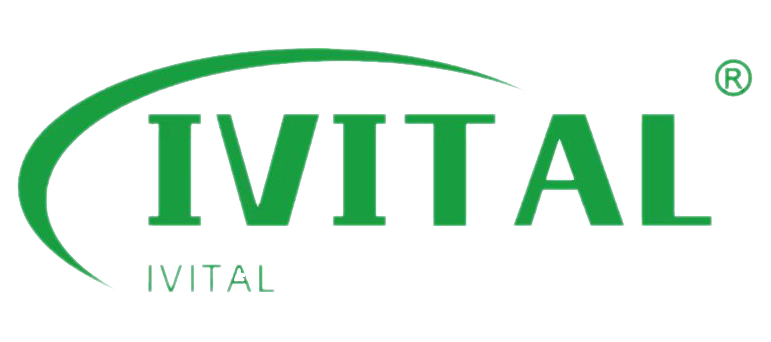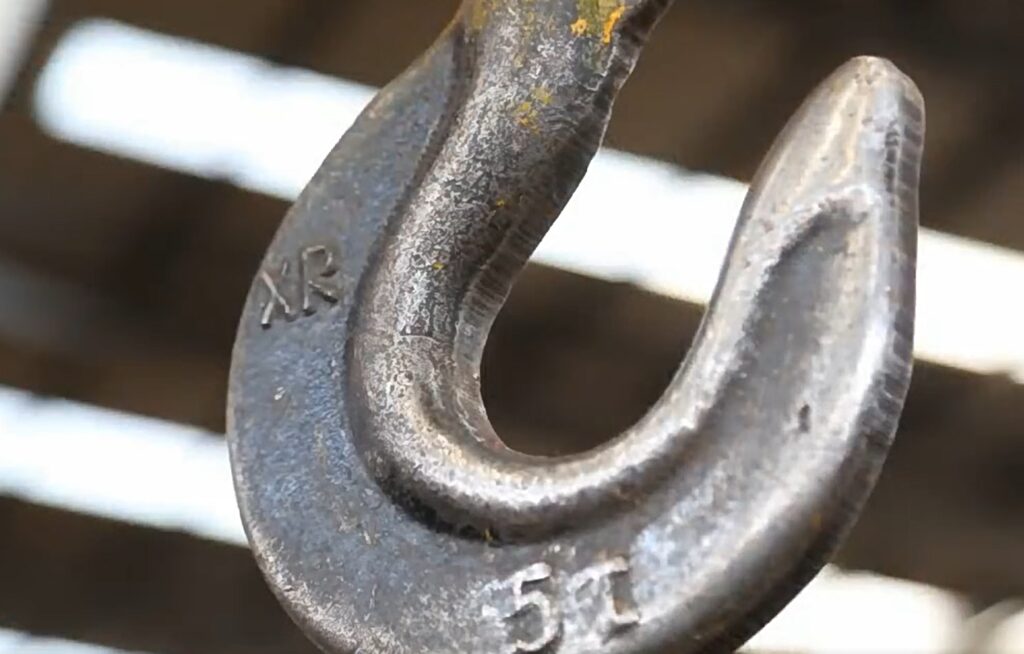Foundries use a lot of tools to make sure they can do their work, but there’s nothing more important than a casting hook. These big hooks not only help you pick up hot metal real good, but they also help you keep your people safe. So, what makes a good casting hook and how can it help you do better in your foundry?
Casting Hooks: Essential for Efficiency and Safety
Casting hooks are a must-have for improving productivity and safety in foundries. Made from tough materials like alloy steel, these hooks are built to handle high temperatures and heavy loads. They’re mainly used for lifting molten metal and heavy objects, which helps prevent accidents. The right casting hook makes handling safer, cuts downtime, and reduces mistakes, making it a key tool for getting the most out of your foundry.
How Can Safety Rules Impact Casting Operations?
Safety is always a priority in metal casting, but many foundries still have serious accidents and inefficiencies due to inadequate safety protocols. To reduce risks, follow these safety rules:
- Identify Hazards: Regularly assess for potential risks like equipment failure or environmental factors.
- Train Workers: Make sure employees receive ongoing training on safe handling procedures and emergency protocols.
- Use Proper PPE: Require workers to wear personal protective equipment (PPE) like heat-resistant clothing, face shields, gloves, and helmets.
- Maintain Machines: Regularly inspect machinery to make sure it’s operating safely.
- Keep Floors Clean and Dry: Keep the foundry floor dry to prevent slips and falls.
By following these rules, you’ll reduce accidents at your foundry and keep it running.
What Are the Safety Preventive Measures in Foundries?
Safety in the foundry starts with getting workers ready for the hazards of casting. Here are some things you can do:
- Wear the Right Clothes: Workers need to wear heat-resistant coveralls, gloves, face shields, and boots to protect themselves from hot metal and fumes.
- Use a Mask: You need a mask to keep from breathing in dangerous fumes and dust, including cristobalite, which is a silica compound.
- Get Fire Gear: You need fireproof clothing and a helmet to protect yourself from burns and fires.
Inspect Everything Regularly: Keep an eye on the work area and the equipment to catch problems before they happen.
What Are Foundry Hooks Used For?
You gotta have foundry hooks when you’re casting. You use them to pick up heavy, hot stuff like molten metal, risers, and other castings. They’re usually made of high-strength, heat-resistant alloy steel so they can handle the tough conditions in a casting operation. Foundry hooks help you move big, heavy things, which makes it safer because you don’t have to lift them by hand and you don’t have to worry about people getting hurt. With the right hook, you can make your casting operation go smoother and safer.
What Are the Health and Safety Issues in Casting?
Casting has its own risks, including:
- Silicosis: Inhaling silica dust, especially cristobalite, can cause serious lung disease.
- Skin Irritations: Contact with chemicals and materials like investment and fluxes can cause dermatitis.
- Metal Fumes: Without proper ventilation, you can breathe in harmful metal fumes.
- Eye Injuries: You can hurt your eyes from casting debris and molten metal splashes.
- Burns: You can get burned by molten metal if you don’t follow safety procedures.
You can reduce these risks by using good PPE and having good ventilation.
How Do Casting Hooks Improve Operational Efficiency in Foundries?
Casting hooks make your operation more efficient by:
- Reducing downtime: When you have reliable lifting gear, you don’t have to stop work because you’re not lifting right or because you had an accident.
- Handling loads accurately: When you use hooks, you get the load up without damaging it, and you do it faster.
- Working faster: When you can lift more weight with less effort, you can work faster, and you can make more money.
In the end, buying the right casting hook is a win for your productivity and your safety.
How to Choose the Right Casting Hook for Your Foundry?
When you’re choosing a casting hook, you need to think about a couple of things. First, you need to make sure the hook can handle the weight you’re going to put on it. You don’t want to overload the hook and have it break. Second, you need to make sure the hook is made out of a material that can handle the heat. You don’t want the hook to melt. Third, you need to make sure the hook is made out of a strong material. You don’t want the hook to break. Fourth, you need to make sure the hook is easy to use. You don’t want the hook to be hard to use. If you think about these four things, you can find a casting hook that will work for you.
Best Practices for Using Casting Hooks in Foundries
To get the most out of your hooks, follow these tips:
- Check ’Em Out: Regularly inspect your hooks for signs of wear and tear.
- Handle ’Em Right: Make sure your workers know how to lift stuff the right way so they don’t get hurt.
- Lube ’Em Up: Keep your hooks greased so they work good and don’t wear out.
- Don’t Overdo It: Always use your hooks within their weight limits.
If you do these things, your hooks will last longer and you won’t get hurt.
Summary
If you want to make your foundry safer and more efficient, you need to use the right casting hooks. These tools are essential for making your casting process go smoothly, from reducing accidents to making it easier to handle materials. Make sure you’re getting the best investment for your foundry’s future by checking out suppliers and product quality.



